Alan Vamos
Advisor: Neil Minuk
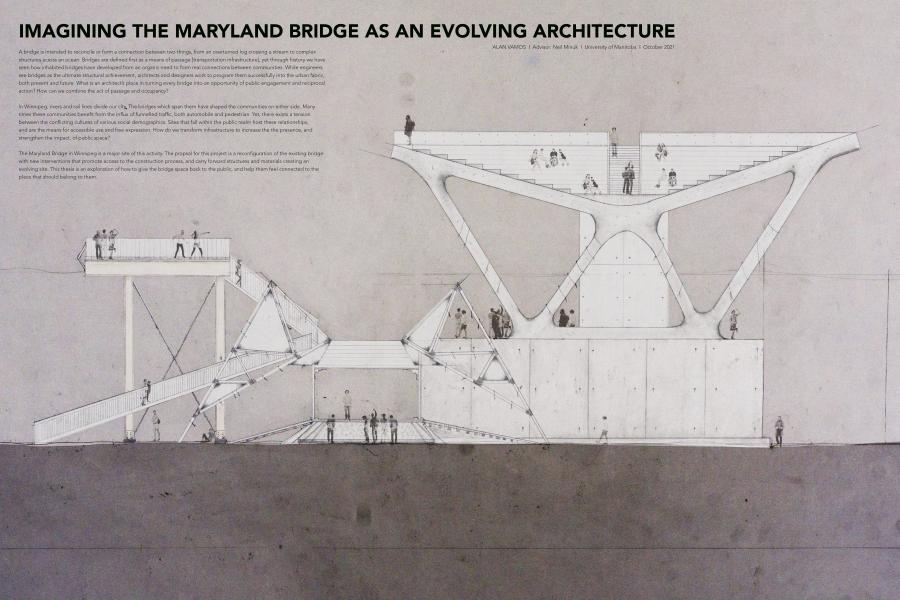
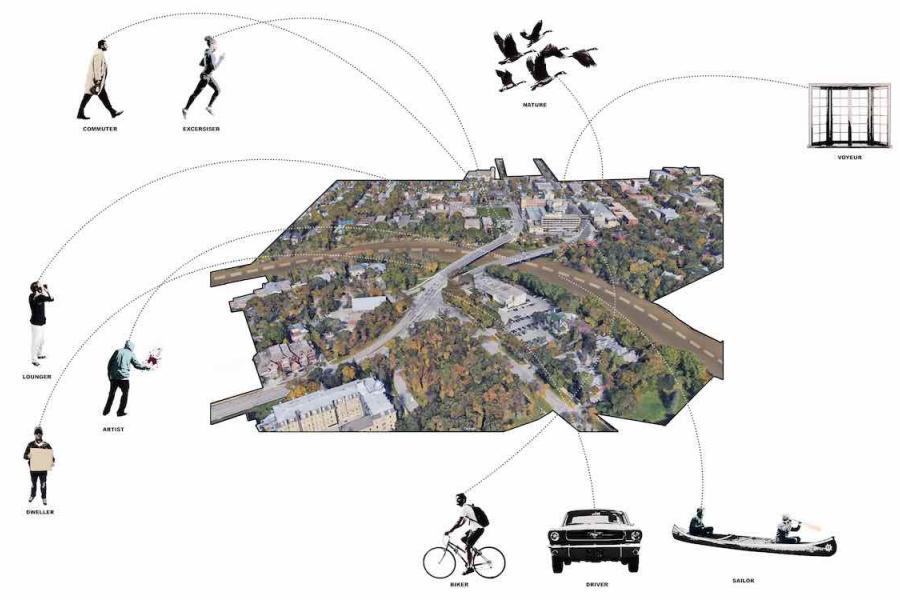
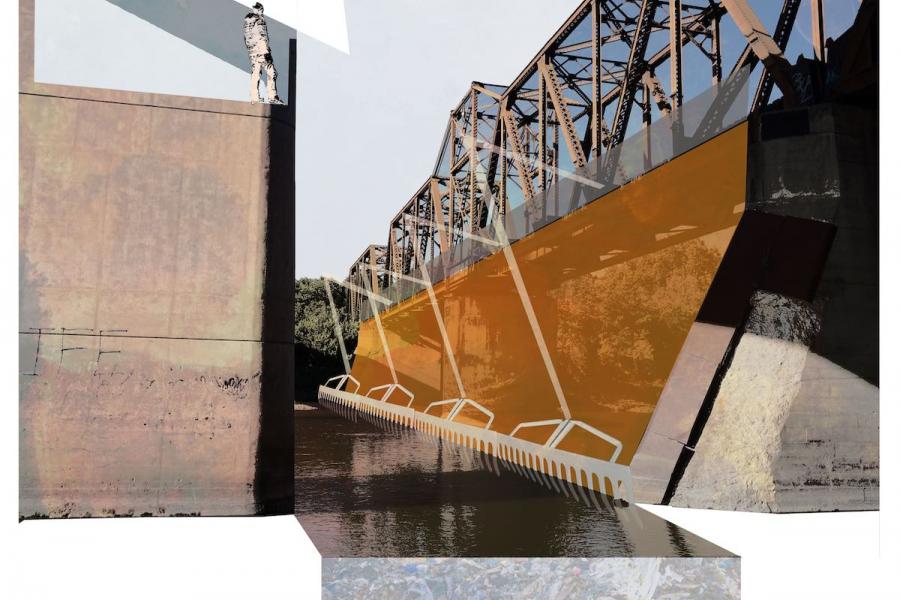
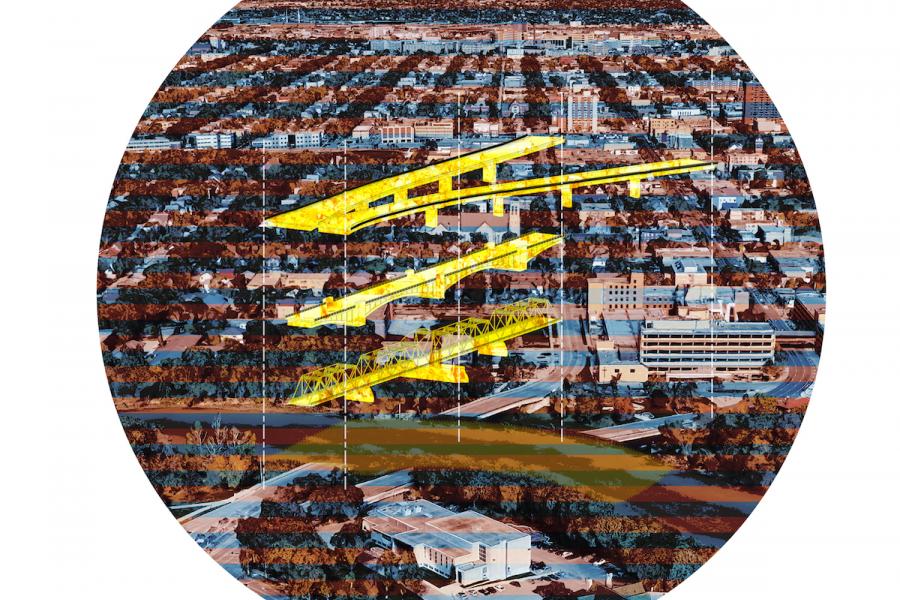
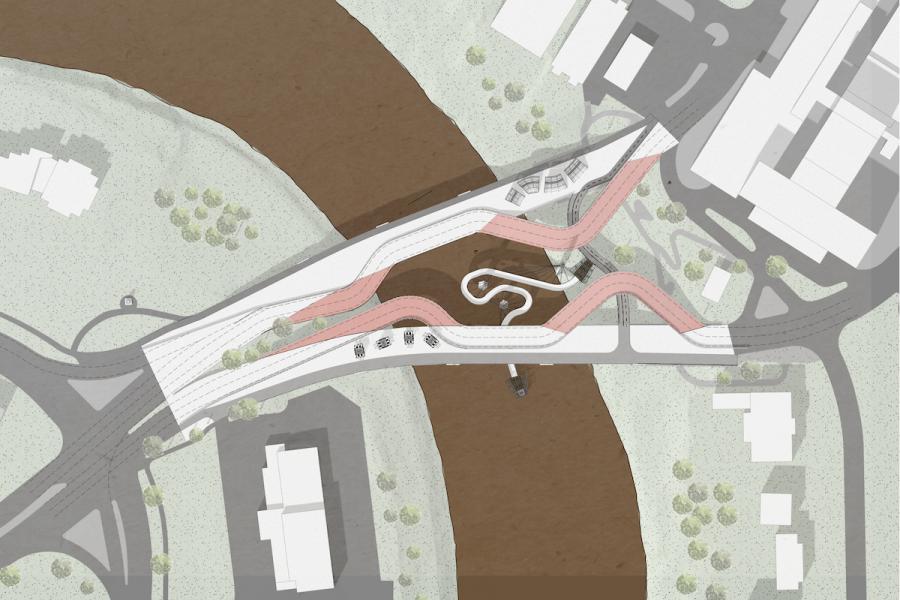
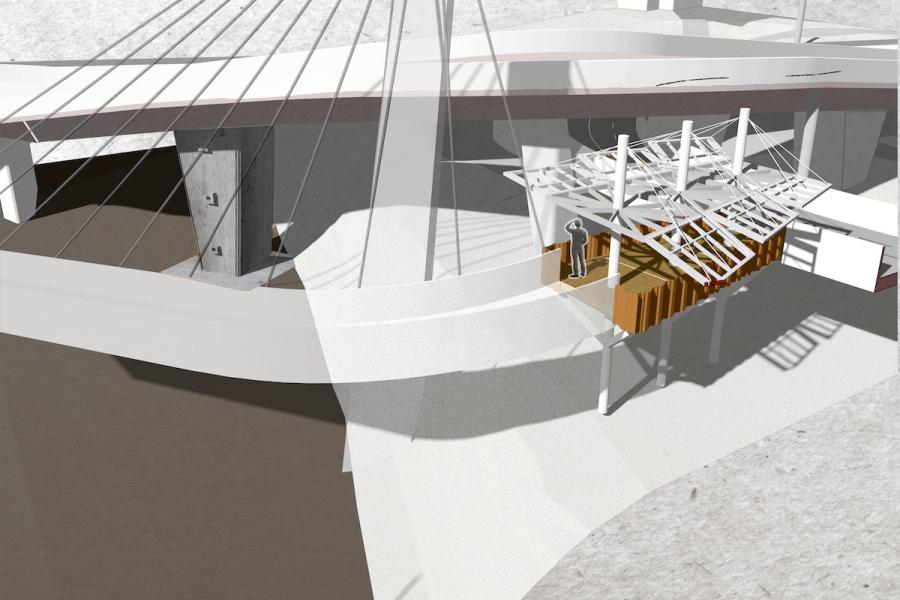
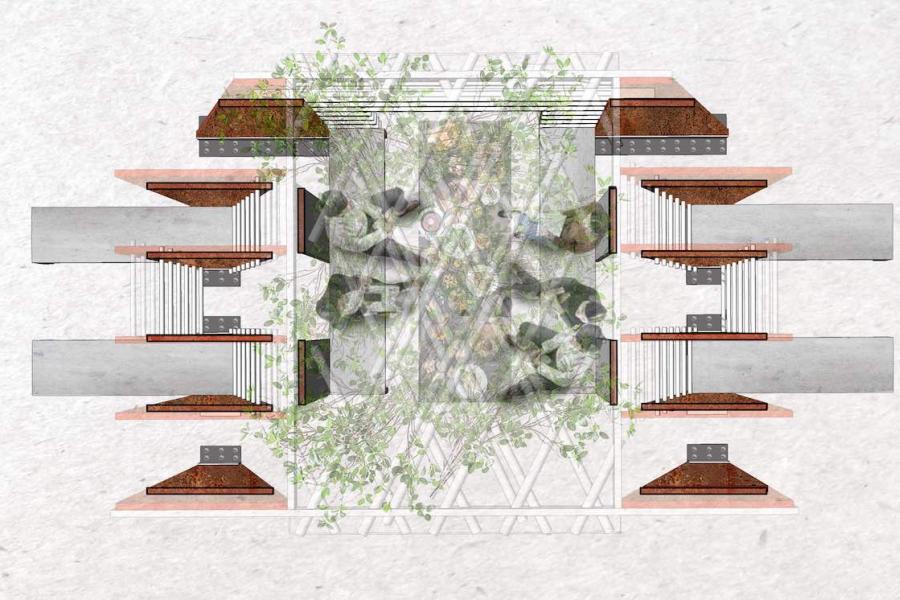
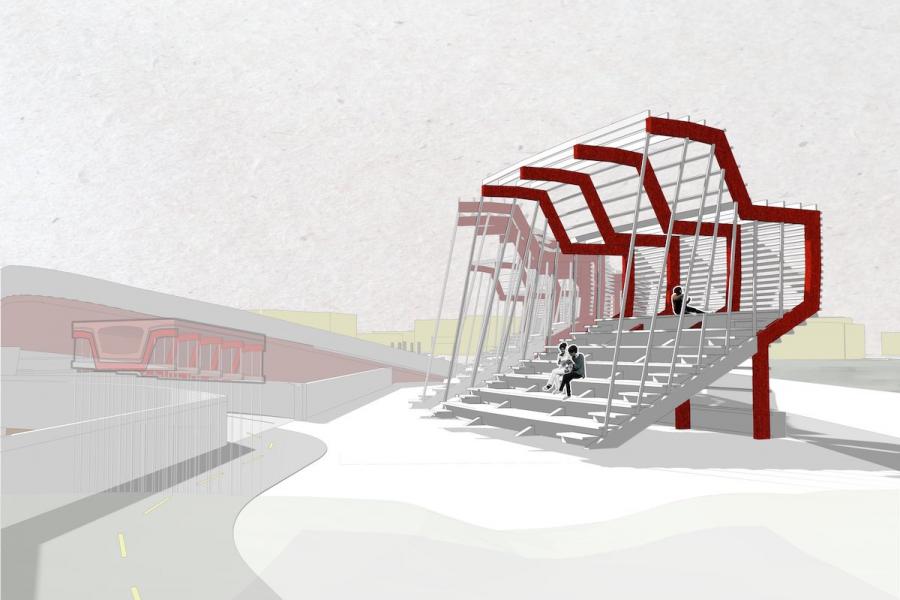
Imagining the Maryland Bridge as an Evolving Architecture
A bridge is intended to reconcile or form a connection between two things, from an overturned log crossing a stream to complex structures across an ocean. Bridges are defined first as a means of passage [transportation infrastructure], yet through history we have seen how inhabited bridges have developed from an organic need to form real connections between communities. While engineers see bridges as the ultimate structural achievement, architects and designers work to program them successfully into the urban fabric, both present and future. What is an architect’s place in turning every bridge into an opportunity of public engagement and reciprocal action? How can we combine the act of passage and occupancy?
In Winnipeg, rivers and rail lines divide our city. The bridges which span them have shaped the communities on either side. Many times these communities benefit from the influx of funnelled traffic, both automobile and pedestrian. Yet, there exists a tension between the conflicting cultures of various social demographics. Sites that fall within the public realm host these relationships, and are the means for accessible use and free expression. How do we transform infrastructure to increase the the presence, and strengthen the impact, of public space?
The Maryland Bridge in Winnipeg is a major site of this activity. The proposal for this project is a reconfiguration of the existing bridge with new interventions that promote access to the construction process, and carry forward structures and materials creating an evolving site. This thesis is an exploration of how to give the bridge space back to the public, and help them feel connected to the place that should belong to them.
